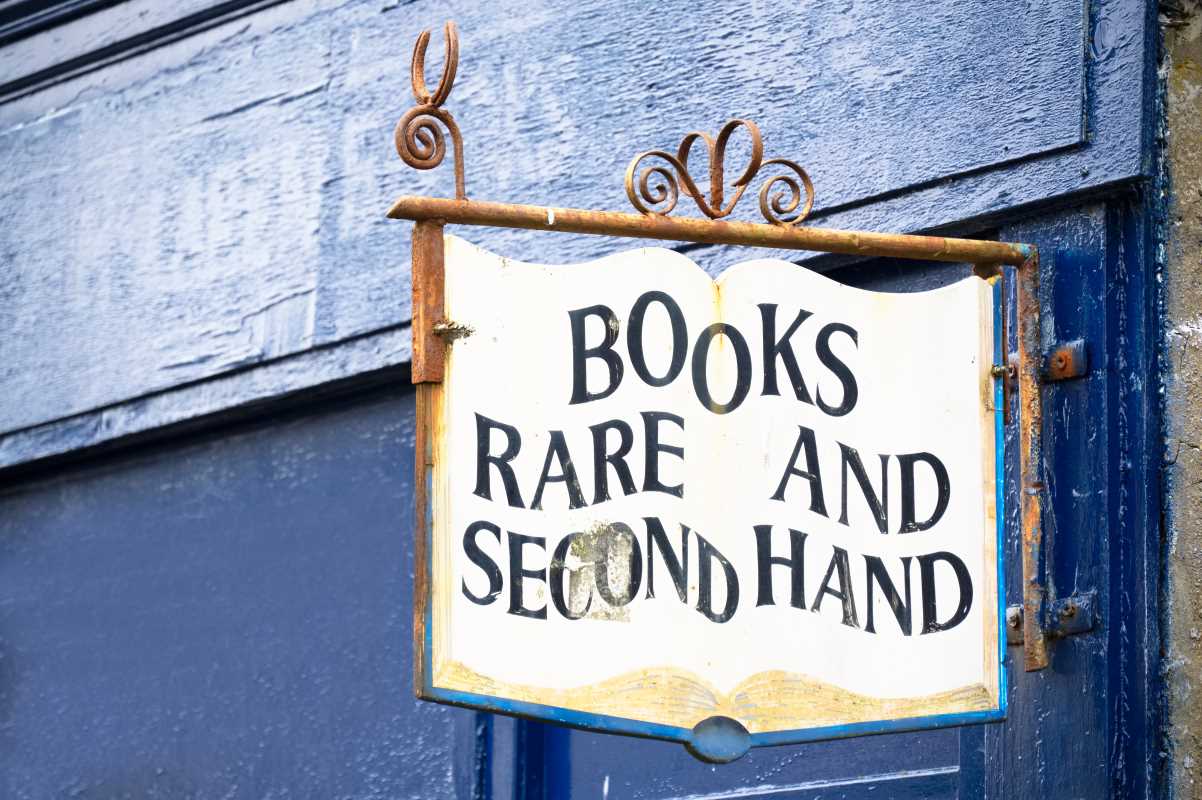Art has always been about expression. It’s a way for people to tell stories, explore emotions, and capture the world around them. But art isn’t just about what’s on the canvas or carved into stone. It’s also about value. Who determines the worth of a painting? Why do certain pieces sell for millions, while others barely get noticed? These questions are at the heart of the global art market, an industry that has evolved over centuries—from the first art auctions to today’s digital explosion of NFTs.
The way art is bought and sold has changed a lot over time, driven by technology, cultural trends, and even social movements. By following this history, we can see how art went from being the private pastime of wealthy elites to something almost anyone can engage with, thanks to the internet. Whether you’re interested in classic masterpieces, modern sculptures, or blockchain-based digital art, the art market reflects how people’s tastes and behaviors evolve.
Early Days of the Art Market
When you think about early art sales, you might imagine wealthy patrons hiring artists to paint portraits or grand churches commissioning massive frescoes. While it wasn’t called the “art market” back then, this system of patrons funding art was an early form of buying and selling creative works.
Patrons and Commissions
Before public galleries or auctions, works of art were often commissioned privately. Wealthy individuals and institutions, like the Catholic Church or European monarchies, were the earliest forces behind the art market. They funded artists like Michelangelo and Leonardo da Vinci to create masterpieces for specific purposes, whether religious, political, or personal.
This patronage system worked for centuries, and although it mostly benefited elite artists, it slowly gave way to a broader market. The introduction of trade routes during the Renaissance allowed art to travel beyond its place of origin, which brought new buyers into the fold.
The Birth of Art Auctions
The first real art auctions started in the 17th century, particularly in the Netherlands. This was a time of prosperity for Dutch merchants, many of whom started collecting art. Auctions allowed multiple buyers to compete for works of art, ensuring that artists and sellers got the best possible price.
One of the earliest recorded art auctions was held in 1674 in Amsterdam. Unlike the private commissions of the past, these auctions were public events where the highest bidder took home the prize. It marked the start of a more organized and competitive art market.
The Industrial Revolution and Art for the Masses
The 18th and 19th centuries saw huge changes in how art was created, sold, and valued. During this period, industrialization created a growing middle class with disposable income. Suddenly, art wasn’t just for kings or aristocrats. Middle-class families began buying artwork to decorate their homes, sparking a newfound demand for art that was affordable yet beautiful.
Art Fairs and Galleries
By the 19th century, art galleries started popping up in cities across Europe and North America. These spaces allowed people to view and buy art without needing an invitation to someone’s private collection or a formal auction.
Art fairs followed closely behind, showcasing multiple artists in a single venue. These events attracted collectors, critics, and casual buyers alike, making art more accessible to everyday people. They also helped establish the idea of art as not only a personal treasure but also an investment.
The Birth of Modern Art
This era also witnessed the birth of modern art movements like Impressionism, which pushed back against traditional, academic styles of painting. While early modern artists like Monet or Van Gogh initially struggled to sell their works, their experiments eventually reshaped the art market. Collectors who bought early eventually saw the value of these pieces skyrocket, proving that taking a chance on something new could pay off in a big way.
The 20th Century and the Rise of Major Auction Houses
By the 20th century, art auctions became the dominant way to sell high-value works. Famous auction houses like Sotheby’s and Christie’s solidified their place in the market, becoming key players in the global art trade.
Record-Breaking Art Sales
Some of the most famous art sales in history happened in the 20th century. For example, in 1958, Van Gogh’s Irises sold for a jaw-dropping $84,000 at a Sotheby’s auction, breaking records at the time. Just a few decades later, artwork started selling for tens of millions. The infamous sale of Picasso’s Les Femmes d’Alger in 2015 for $179 million marked a huge milestone in the art world.
These auctions not only set records but also brought attention to how artworks could function as investments. People started seeing paintings, sculptures, and other pieces as assets that could appreciate in value, just like stocks or real estate.
The Influence of Galleries and Art Institutions
Private galleries, museums, and institutions had a massive influence throughout the 20th century. They worked with artists directly, showcasing their works and connecting them with wealthy patrons and collectors. This created a more structured market, where certain galleries held significant power in determining which artists would “make it big.”
The Digital Revolution and Online Markets
The internet dramatically changed the global art market by removing many of the barriers that once made it exclusive. Buying art no longer required attending a fancy auction in person or visiting a gallery in Paris or New York. Now, all you need is a reliable Wi-Fi connection.
Online Art Platforms
Websites like Artsy, Saatchi Art, and 1stDibs have created online marketplaces where artists can sell their work directly to buyers. These platforms make it easy for collectors to browse catalogs, research artists, and even bid on pieces without leaving home.
Meanwhile, traditional auction houses like Sotheby’s embraced digital innovation, introducing live-streamed auctions and online bidding. This widened the pool of potential buyers and made art collecting more democratic.
Enter NFTs and Blockchain Technology
One of the more recent disruptions in the art world is the rise of NFTs, or non-fungible tokens. An NFT acts as a digital certificate of ownership for a piece of art, music, or any other digital creation. Unlike physical art, NFTs exist entirely online, often as part of the blockchain.
What Are NFTs?
An NFT is a unique piece of data stored on a blockchain, which is a secure, decentralized digital ledger. Every NFT is one-of-a-kind, which makes it valuable to collectors.
Artists can mint their digital creations as NFTs and sell them just like they would a painting or sculpture. Buyers get exclusive ownership, often along with perks like access to hidden files or lifetime access to future creations by the artist.
Big Sales and Controversy
NFTs exploded onto the scene in 2021, when digital artist Beeple sold a piece titled Everydays: The First 5000 Days for $69.3 million. This sale stunned the world and launched NFTs into the mainstream.
Despite their popularity, NFTs remain controversial. Critics argue that their value is speculative and can crash suddenly. Others worry about the environmental impact of blockchain-based art production. Still, there’s no denying that NFTs have expanded the definition of what art can be.
 (Image via
(Image via





